How to Read Body Language
Decode Unspoken Secrets: Master the Art of Body Language

Picture yourself confidently navigating job interviews, effortlessly making authentic connections in social settings, and intuitively addressing unspoken concerns in relationships. With this skill set, you become not just a participant in your own life but a master communicator who moves with purpose and clarity.
Led by experts in the field, this course offers a profound exploration into the dynamics of human interaction, going beyond words to the heart of what truly drives communication. If you are ready to unlock a world where silence speaks volumes and gestures carry weight, this course is your key. Begin your journey with us, and emerge empowered with the knowledge that can forever change how you perceive and influence the world. Enroll today. Your transformation awaits!
7 Hours average completion time
0.7 CEUs
13 Lessons
17 Exams & Assignments
331 Discussions
12 Videos
14 Reference Files
Mobile Friendly
Last Updated December 2025
Master Body Language
In the vast spectrum of human interaction, words are just the tip of the iceberg. Beneath the surface lies a complex world of non-verbal cues that play a crucial role in shaping our interpretations, perceptions, and reactions. The silent language of the body reveals more than words ever could. Mastering this intricate dialect can unlock deeper insights into human emotions and intentions, paving the way for more meaningful connections in both personal and professional realms.
Understanding body language is akin to possessing a superpower. Imagine recognizing deceit through a fleeting expression, gauging confidence from a stance, or even discerning discomfort from the subtlest of gestures. This prowess can elevate your interpersonal skills, providing invaluable tools for situations ranging from interviews to intimate conversations.
Course Overview:
This meticulously crafted course demystifies the art and science of body language, offering a comprehensive exploration into its multifaceted dimensions:
- Introduction to Body Language: Delve into the basics, unraveling the significance and impact of non-verbal cues.
- Body Language Basics: A deep dive into fundamental gestures, postures, and expressions that form the core vocabulary of body language.
- Body Language Varying by Group: Explore how demographic factors like age, gender, and cultural background influence non-verbal communication.
- Body Language That Displays Different Emotions: Decode emotions from joy to jealousy, and everything in between, by interpreting their physical manifestations.
- How to Read Body Language: Equip yourself with analytical tools and keen observational skills to interpret non-verbal cues effectively.
- Using Body Language to Your Personal Advantage: Harness the power of body language in personal settings, from social gatherings to intimate encounters.
- Using Body Language in Your Career: Strategies and insights for leveraging non-verbal cues in professional scenarios, from boardroom meetings to networking events.
- Discovering Patterns: Identify recurring body language patterns in individuals, helping you predict and respond to their actions or feelings.
- The Power of First Impressions: Understand the lasting impact of initial encounters and learn to make them count.
- Asking the Right Questions, Listening to the Answers: Cultivate the art of effective questioning and active listening, enhancing communication.
- The Power of Intuition: Recognize the subconscious cues that drive our instincts and how to trust this internal compass.
- Self Reflection: An introspective module to understand your own body language patterns and areas of improvement.
- Supplemental Information: Additional resources and readings to deepen your understanding and application of body language.
Why Enroll?
Imagine walking into a negotiation, already attuned to your counterpart's mindset through their body language. Think of the personal relationships that can be deepened by sensing unspoken feelings. A myriad of real-life applications unfold:
- Job Interviews: Gauge your interviewer's reactions in real-time, adjusting your responses for maximum impact.
- Dating: Navigate the intricate dance of early relationships by reading and responding to your partner's non-verbal cues.
- Networking: Build instant rapport by mirroring body language and recognizing openness or reservation in others.
As the famous saying goes, "Actions speak louder than words." Yet, in the world of body language, it's the silent actions that resonate the loudest. Enroll now and navigate the world with renewed insight and confidence. The secrets of non-verbal communication await!
- Understanding cultural nuances in body language
- Building rapport through mirroring
- Crafting positive first impressions
- Enhancing observation skills for better insights
- Deciphering non-verbal communication
- Aligning verbal and non-verbal communication
- Leveraging body language in professional settings
- Interpreting facial expressions effectively
- Detecting deceit through subtle body cues
- Harnessing intuition for deeper understanding
- Recognizing emotional cues in gestures
-

Creating an Effective Sales Team
-

Business Management
-

How to Write a Business Plan
-
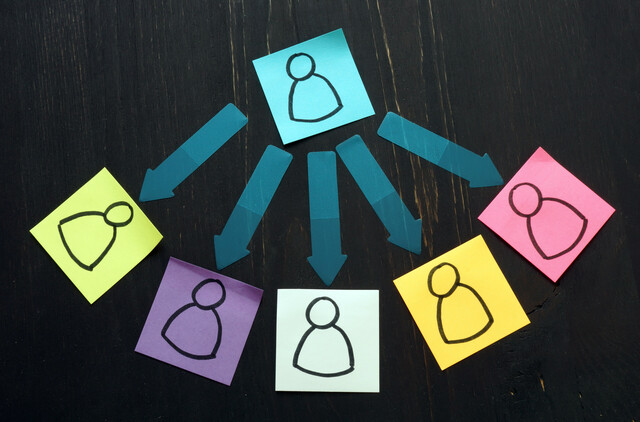
Delegation Skills
-

Marketing Outreach
-

Business Branding 101
-

Call Center Management
-

Introduction to Ethics
-

Confidence Building
-

Organizational Behavior in Business
-

Effective Presentations
-

Leadership Skills for Managers
-

Telephone Skills and Quality Customer Service
-

Decision Making Skills
-
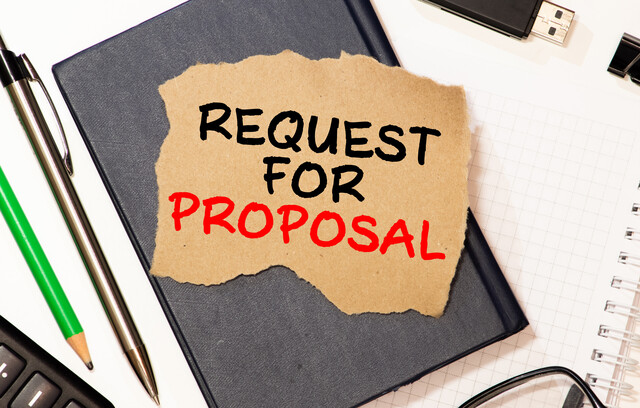
How to Write a Grant Proposal
-
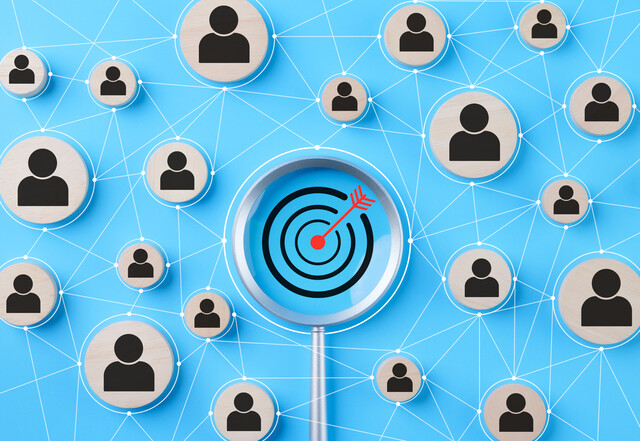
Mastering Sales Skills 101
-

Customer Service 101
-
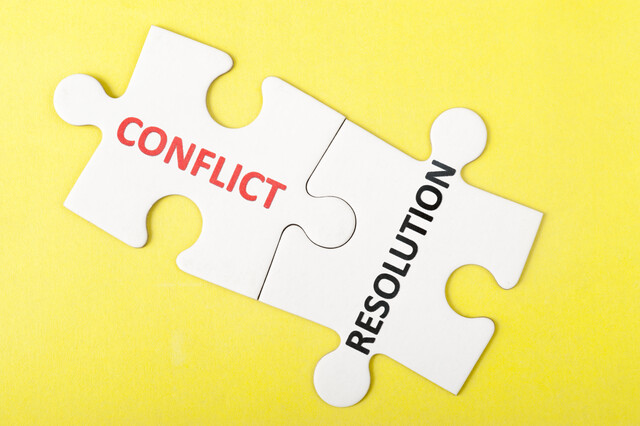
Conflict Resolution
-
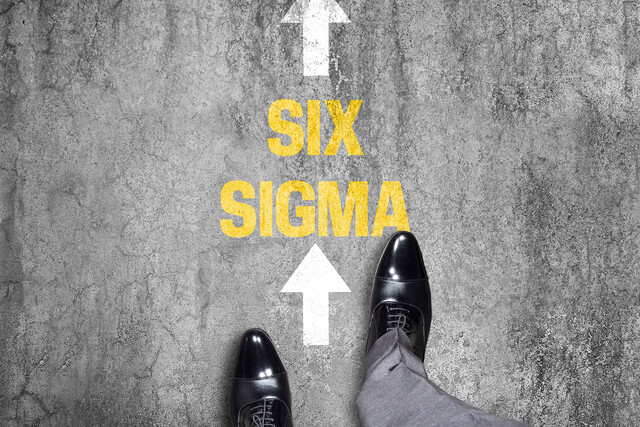
Introduction to Six Sigma
-

Understanding Learning Styles
-

Procurement Management
-

Product Management 101
-

Business Administration 101
-
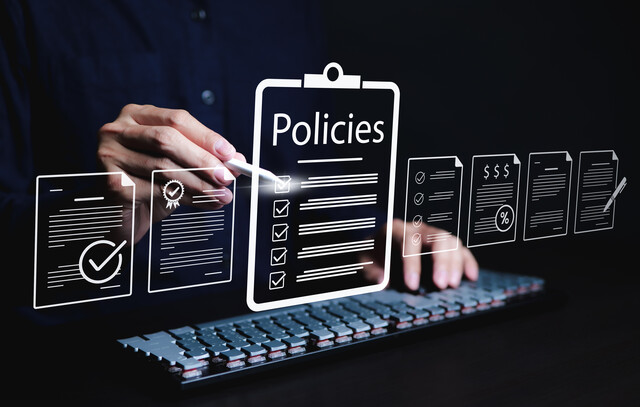
How to Write Effective Policies and Procedures
-

Lean Management